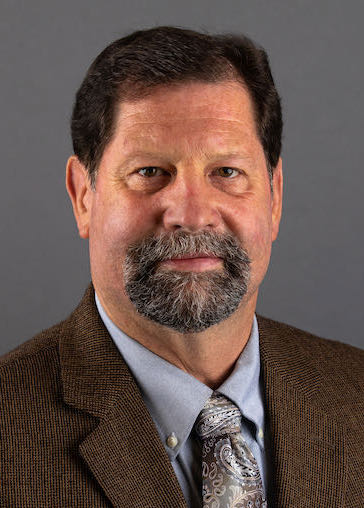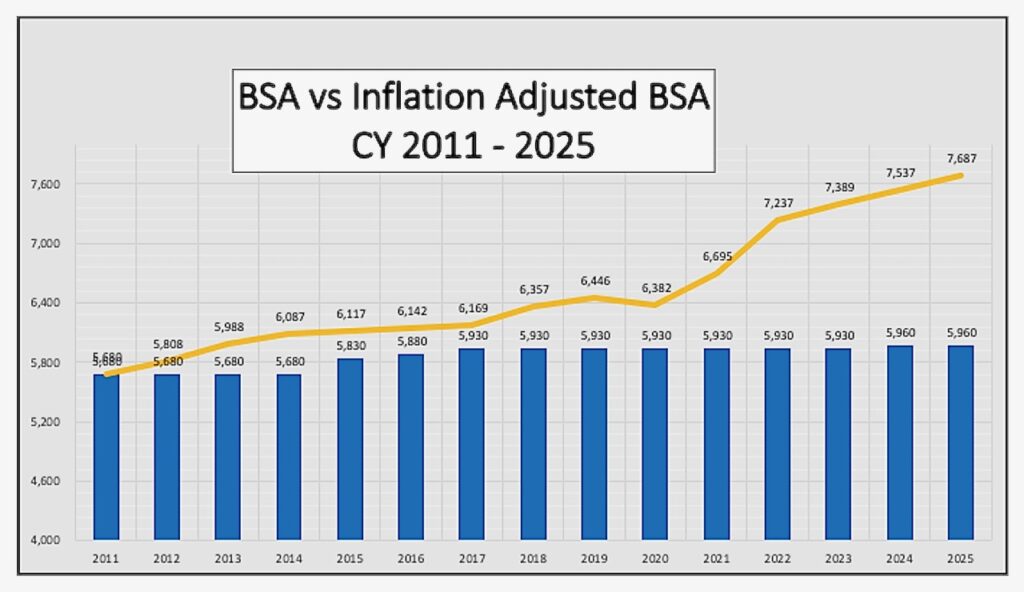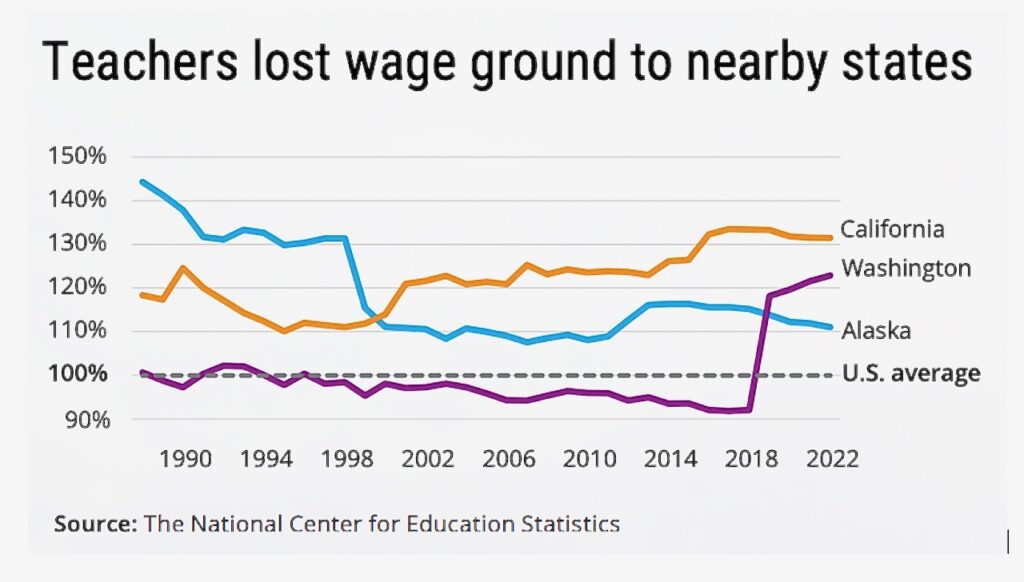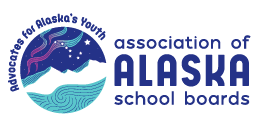Lack of Education Investment is Costing Our Students and State Opportunities

Lon Garrison, AASB Executive Director
As the debate to support Alaska’s public education system rages in the legislature, Governor Dunleavy and DEED Commissioner Bishop have used phrases to characterize their approach to improving our education system and student outcomes: “strategic investments” and “opportunity costs.” Let’s explore these terms and shine a bright light on the reality facing Alaskan schools and students today.
First, let’s look at some definitions. Here are paraphrased responses when I queried ChatGPT.
Investment
The purpose of investment involves allocating resources to generate future benefits. Most commonly, we invest money to grow wealth over time. The time horizon for investment is more extended than spending, which is used to meet expenses. Investing inherently can carry more risk than spending because the time horizon is much farther in the future.
Spending
Involves using money or resources to purchase goods or services for immediate consumption or use—spending results in the consumption or utilization of the purchased goods or services. Once spent, the money is gone, and it doesn’t typically generate additional benefits. The time horizon for spending is immediate. There is usually little risk except for overspending.
Opportunity Cost
“Opportunity cost” is a fundamental concept in economics that refers to the value of the next best alternative that must be forgone in order to pursue a different option. Opportunity cost is not always measured in monetary terms; it can also involve non-monetary factors such as time, resources, and personal preferences. It highlights the idea that resources are scarce, and choices must be made, leading to trade-offs.
I have analyzed the history of education funding in Alaska for the last decade and a half. Essentially, we see a state government that has taken a “spending” approach to public education. Only occasionally has the state invested in education funding through an increase in the Base Student Allocation (BSA). Most additional funding has come as infrequent and inconsistent one-time money distributed through the Foundation Formula. One-time funds do not raise the bar, and we must start over each consecutive year the BSA is not increased.
From 2011 to 2022, a 14-year span, the BSA increased by only $280 per student, a rate of 4.9%. The inflation rate for that period was almost seven times higher at 34% (Alaska-Urban CPI). The graph below depicts the divergence between the BSA and an inflation-adjusted BSA, a difference of $1,727.

Had the legislature and the governor acknowledged inflation and consistently raised the BSA by 2% per year, we would be looking at only a $193 BSA deficit since 2011. But this investment would have resulted in more than just dollars spent. It would have meant that districts could have maintained lower class sizes, kept more programs like the arts and advanced placement courses, maintained counselors, kept up with technology refresh cycles, and improved salaries of all staff, a major reason for today’s retention and recruitment issues. These types of investments would likely have positively affected student outcomes. It is also more probable that the “strategic” investments the administration puts forward would have a much more significant effect.
At a recent “Lunch & Learn” hosted by Senate Education Committee Chair Tobin, Chad Aldeman of the Georgetown University Edunomics Lab presented on “Building a “Yes, and..” Approach to Education Funding Policy. Mr. Aldeman presented to AASB members, superintendents, and school business officials at one of our first Law & Policy Days in 2019. His recent presentation included some current research that drew the following conclusions:
“…on average, there is a strong statistically significant relationship between increased school spending and student outcomes.”
“Money matters in education, but it is also clear that the question of how money is spent, on whom, and under what circumstances have a large impact on results.” [i]
Education funding cannot exist in a vacuum. We have to have revenue to fund the investment we desire. Similar to your responsibility as a school board, the legislature and governor must consider the revenue needed to fund education, other essential state services, and the PFD. This is precisely where a determined and deliberate policy of education investment would be beneficial. We see examples around the world, such as Finland and Japan, that elevate the priority of education. Their approach to education is more focused on ensuring the next generation of its citizenry is well-educated and able to function as a society.
This brings us to our last phrase, “opportunity cost.” Several times, I have heard Commissioner Bishop tout that the state has to weigh the opportunity cost for other services, particularly those the Governor feels will lead to greater economic return. However, after looking at both the funding and student achievement data for the past 14 years, I would say our children have realized a dramatic decline in their opportunities for success. As an Alaskan electorate, we have not tended to elect a majority of legislators that prioritize funding public education.
When we look at the effects of over a decade of cuts to public education, what are the costs to opportunities for our students? Here are a few points to consider:
- Alaska has the highest youth disconnection rate in the nation; one out of every five young adults aged 16 to 24 are not connected with school or work. [ii]
- Alaska’s postsecondary enrollment rates are almost half what they were a decade ago; we now have the worst postsecondary outcomes in the nation. [iii]
- Programs and positions like career guides that helped double the rate of Alaskan students enrolling and completing degree programs in rural communities have been cut. [iv]
- Schools are not able to offer the breadth, variety, and quality of courses they were a decade ago.[v]
And what about the cost of highly qualified educators and experienced, effective administrators in our classrooms? Perhaps this could be one of our greatest losses for improved student outcomes. Here are some items to consider:
- Alaska currently ranks 49th in education according to the US News and World Report’s ranking. [vi]
- Teachers, principals, and superintendents are leaving the profession or the state altogether due to lower salaries, holding more than one position, and teaching at more than one school site, which is related to increased teacher turnover. [vii]
- High teacher and principal turnover rates are linked to poorer outcomes, lower graduation rates, and lower reading proficiency. [viii]

Where does that leave us at this point? We are on the precipice of seeing Alaska public education come crumbling down. Our future looks bleak without bold action and the wherewithal to force a political reckoning in favor of public education. We must create a new paradigm in public education funding through an “investment” lens. If we do not, we will have cost our children and their families the opportunity to live and contribute to the prosperity and posterity of Alaska.
Invest in Alaska’s prosperity and posterity through student success.
Protect our students’ opportunities at all costs.
Spend wisely, monitor, and evaluate continually.
Most respectfully,
Lon Garrison
AASB Executive Director.
[i] Jackson, C. K. & Persico, C. (2023). Point column on school spending: Money matters. Journal of Policy Analysis and Management, 42, 1118–1124. https://doi.org/10.1002/pam.22520
[ii] Youth Disconnection in America.” Mesure of America, Social Science Research Council. Accessed Nov 6, 2023. https://measureofamerica.org/DYinteractive/#State
[iii] Alaska’s Higher Education Almanac 2023. Alaska Commission on Postsecondary Education, June, 2023. https://acpe.alaska.gov/Portals/3/OTHER/Pubs/2023_Almanac_E-Version.pdf
[iv] Alaska College and Career Guidance; Interview Findings & Resources. McKinley Research Group for AASB, Aug. 2023. https://aasb.org/wp-content/uploads/Alaska-College-and-Career-Guidance-Report-Aug2023.pdf 34% of high school graduates enrolled in a two- or four- year program within a year of graduating high school in 2022. Alaska’s enrollment rates are more than 10% lower than the next lowest state. At these rates, 1 in 9 high school seniors will earn a bachelors degree six years from now.
[v] Galvin, Alyse. “By Neglecting Education, Alaska is Failing its Children.” Anchorage Daily News, 31 Oct. 2023, https://www.adn.com/opinions/2023/10/31/opinion-by-neglecting-education-alaska-is-failing-its-children/
[vi] “Best States 2023.” U.S. News and World Reports. Accessed Nov. 7, 2023. https://www.usnews.com/news/best-states/rankings/education
[vii] Vazquez Cano, M., Bel Hadj Amor, H., & Pierson, A. (2019). Educator retention and turnover under the midnight sun: Examining trends and relationships in teacher, principal, and superintendent movement in Alaska. Portland, OR: Education Northwest, Regional Educational Laboratory Northwest. https://files.eric.ed.gov/fulltext/ED598351.pdf
[viii] Brooks, James. “Alaska Governor’s staff blocked publication of state agency’s analysis of teacher pay.” Anchorage Daily News, Oct. 27, 2023. https://www.adn.com/politics/2023/10/26/alaska-governors-staff-blocked-publication-of-state-agencys-analysis-of-teacher-pay/
